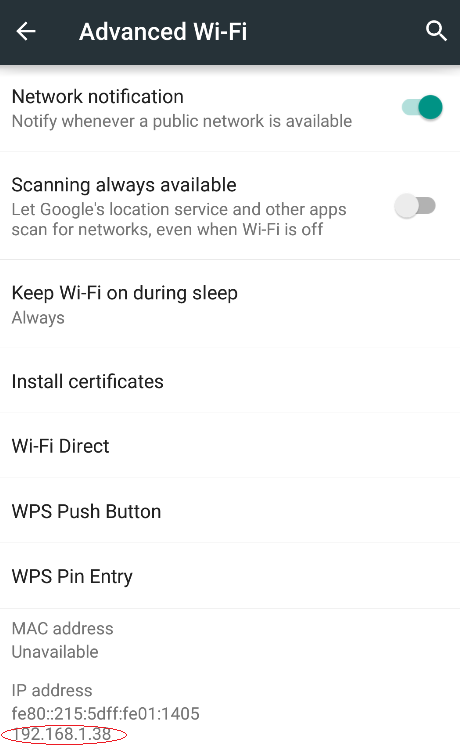
- ANDROID STUDIO EMULATOR PATH MAC INSTALL
- ANDROID STUDIO EMULATOR PATH MAC ANDROID
- ANDROID STUDIO EMULATOR PATH MAC PC
- ANDROID STUDIO EMULATOR PATH MAC LICENSE
- ANDROID STUDIO EMULATOR PATH MAC DOWNLOAD
ANDROID STUDIO EMULATOR PATH MAC ANDROID
The problem is I can't find the Android SDK on my machine! I assume it's there because otherwise the program wouldn't compile and run through Android Studio? Perhaps that's a bad assumption? I'm new to Macs (I'm used to Windows) so I don't know the best way to search for the Android SDK. Make sure the Android SDK platform-tools/ directory is included in your PATH environment variable, then execute:
ANDROID STUDIO EMULATOR PATH MAC INSTALL
All I want to do now is be able to build the app and install it on device from the command line as opposed to Android Studio. To view forcedroid usage information, type forcedroid and press Return.I have installed Android Studio on my MacBook Air (OS Version 10.11 El Capitan) and have successfully written a small "hello, world" app and installed on device (Nexus 7) and ran on AVD.Your command-line printout should reflect the Mobile SDK version-currently, forcedroid version 9.x.x.To verify your installation, type forcedroid version and press Return.On Windows, type npm install -g forcedroid and press Return.On a Mac, type sudo npm install -g forcedroid and press Return.Be sure to store the variable in your persistent environment settings so that you don’t have to keep retyping it. For example, on a Mac, the path is typically /Users//Library/Android/sdk. Define an ANDROID_HOME system variable that points to your installed Android SDK.Open the Terminal app on Mac, or the command prompt on Windows.To install forcedroid, you use the npm install command. You just enter some metadata as prompted, and a few minutes later you have a fully configured Gradle project that you can open in Android Studio. Forcedroid is the quickest and easiest way to create all types of Mobile SDK apps for Android. To create Android apps that are compatible with Mobile SDK, you use a node.js command-line utility named forcedroid.

Leave the other values set to their defaults. If you like, you can change the AVD Name field to any value that helps you identify the AVD configuration.
ANDROID STUDIO EMULATOR PATH MAC DOWNLOAD

On the Your Virtual Devices page, click Create Virtual Device….In Android Studio, click the AVD Manager tool.If prompted, click Allow to accept incoming network connections.In the wizard, click Next as prompted to accept all defaults, then click Finish.From the Android Studio Welcome screen, select Start a New Android Studio Project.To get into Android Studio, create a throwaway project from the Welcome screen. Let’s choose a system image that supports API 23. It’s a good idea to test your Mobile SDK apps against the minimum supported API target. Now that you’ve installed the SDK, create an emulator for testing and debugging your apps. When the downloads are finished, dismiss the SDK Manager.Relax, and perhaps enjoy a refreshing beverage. Installing the new API versions can take several minutes.
ANDROID STUDIO EMULATOR PATH MAC LICENSE
If prompted, confirm your download, then accept the license agreement and click Next.

ANDROID STUDIO EMULATOR PATH MAC PC
“Minimum API level” is the lowest API level with which your app is compatible Connect your Android device to your Windows PC via USB cable.Android apps specify different API levels.


 0 kommentar(er)
0 kommentar(er)
